How to plan a successful Big Year of birding
By George Peyton
It was not long ago that undertaking a Big Year of Birding was fairly rare. Today carrying out Big Years of all types — from small areas like the City of San Francisco to larger areas like the State of California, the Lower 48 States, or the ABA Area of North America north of Mexico, which includes Alaska – is not that unusual.
For those unfamiliar with the term “Big Year,” it refers to an effort to see as many bird species as possible within a specific area during a calendar year. Lani Rumbaoa and I undertook a Lower 48 States Big Year in 2015, and I can tell you from experience that advance planning is absolutely crucial to ultimate success. Considering that Lani had to work at her job at least 26 weeks of the year, her final total of 641 bird species was very good. (The maximum ever seen in the Lower 48 is 704 species).
Here are my personal recommendations for planning a Big Year:
Start Early
I strongly suggest starting your planning at least a year in advance, and under no circumstances less than six months before the start of your Big Year. There are an incredible number of details that need to be pinned down — not just when and where to go, but airline, rental car, and motel reservations, registration for Birding Festivals, signing up for key birding tours such as the Colorado Chicken Tour (for difficult-to-find Prairie Chickens, Grouses, and Ptarmigans), and possibly hiring professional birding guides in certain key areas. The earlier you start your planning, the better the results will be.
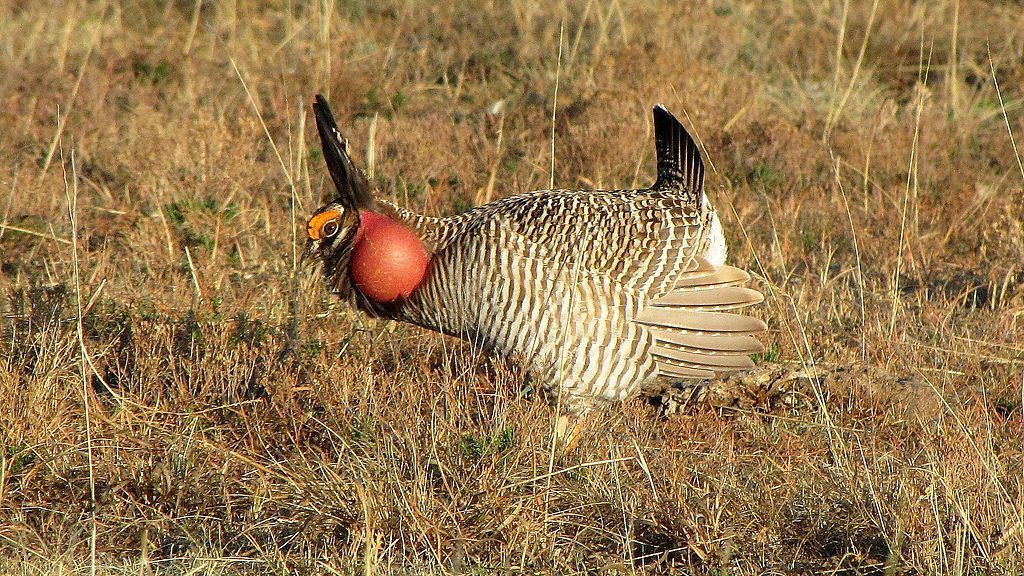
Read About Other Big Years
Many people who have carried out a Big Year want to write about their experiences, so there are a reasonable number of books published about Big Years of Birding. In the last few years it has also become common for someone conducting a Big Year to create daily or weekly blog posts about where he has been and what birds he has seen. A number of these blogs are still accessible long after the Big Year is completed.
Some suggestions for Big Year reading:
The Big Year by Mark Obmasick (2004), about an unofficial competition between three avid birders to see the most species in North America north of Mexico during 1998. It not only became a bestseller, but was also made into a popular movie with Jack Black and Steve Martin.
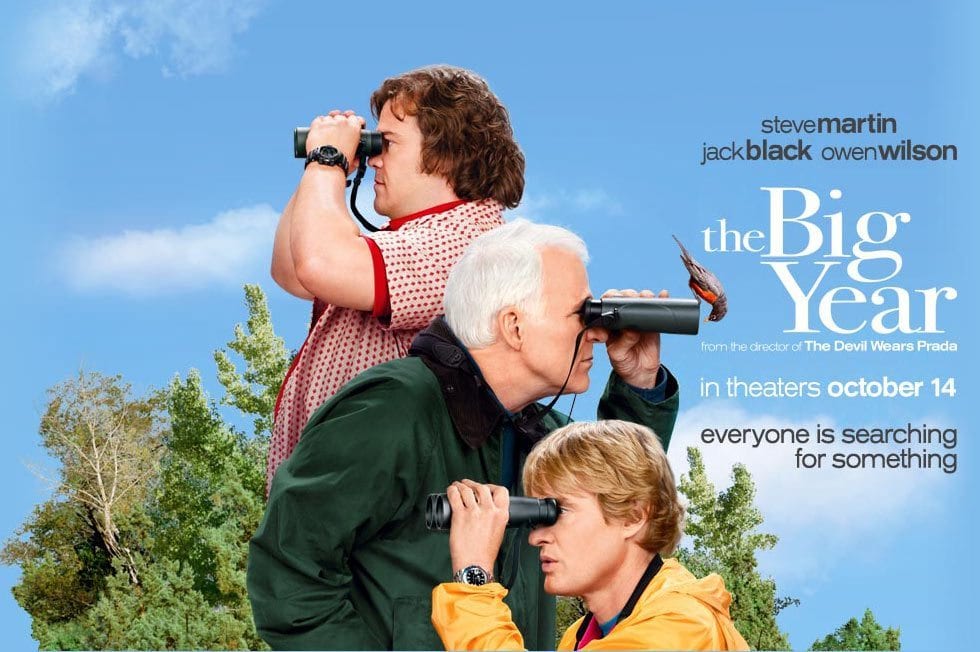
Kingbird Highway, by Ken Kaufmann (1997), author and editor of the well-known Kaufmann Field Guide Series. Kaufmann writes a fascinating account of criss-crossing the country in 1973 at age 16, mainly by hitch-hiking, He somehow spent less than $1,000 for all of his Big Year expenses, sometimes surviving on canned dog food, and counted an amazing 666 species that year.
Wild America by Roger Tory Peterson and James Fisher (1955) was one of Kenn Kaufmann’s inspirations. These two extremely famous birders from the U.S. and Britain traveled over 30,000 miles around North America during 1953 in search of birds. This was not officially a Big Year, but laid the groundwork for Big Years in the future.
The Biggest Twitch: Around the World in 4,000 Birds by Alan Davies and Ruth Miller (2010), a birding couple from Britain, is a well-writen account of an exhausting year trying to see as many bird species as possible around the entire world.
Meanwhile, here are some other Big Year accounts:
- Call Collect, Ask For Birdman (1980) by James Vardaman
- Birding’s Indiana Jones (1990) by Sandy Komito
- The Feather Quest (1992) by Pete Dunne
- A Year For The Birds (1995) by William B. Rydell, Jr.
- I Came, I Saw, I Counted (1999) by Sandy Komito
- Extreme Birder: One Woman’s Big Year (2011) by Lynn E. Barber
- Lost Among The Birds: Accidentally Finding Myself in One Very Big Year (2016) by Neil Hayward.
Two comments: Sandy Komito was the “winner” in the 3-way competition in the 1998 competition that was the basis for “The Big Year” book and movie. Neil Hayward now holds the top record for an ABA Area Big Year, which he set in 2013, so his book is “hot off the press.”

You can also find Big Year blogs, often with daily postings:
- Dorian Anderson spent 2014 carrying out a Lower 48 Big Year by bicycle (no motorized transportation at all) and ended up listing 617 species. See his Biking for Birds blog.
- In 2013 Neil Hayward carried out an ABA Area Big Year and posted the most ever, 749 species for North America north of Mexico. See his Accidental Big Year blog.
- Finally, Noah Stryker from Oregon just set a new World Big Year Record by seeing 6,042 species during 2015, an incredible feat. See his Birding Without Borders blog.
The more you read and take notes, the better you can plan a Big Year of your own. Pinning down as many details as possible BEFORE you start your Big Year is one of the best ways to maximize the species you see during your year.
Plan in Detail
To have any reasonable chance of success, you will need to carefully map out exactly WHERE to go and WHEN you’ll need to be there to see the maximum bird species possible.
A key problem is that — particularly in the spring — you simply cannot be at all of the places at the best possible times, unless you free up your entire schedule for birding. While Lani and I heavily loaded our travel schedule towards the spring, there is just so much you can do. We did one combined trip to Colorado and Texas in April that lasted 3½ weeks and then, after a week home, took off for another solid month of birding in 13 different states. Even with this totally crazy travel schedule, we could not spend enough time in South Florida and the Florida Keys and completely missed the Dry Tortugas. Lani lost seeing around 10 possible new species right there. So you will need to make some very hard choices on WHEN and WHERE to go.
While it is now out-of-date on various details, I found using Birdfinder: A Birder’s Guide to Planning North American Trips (1995) by Jerry A. Cooper (An ABA Birdfinding Guide now out-of-print, but available on Amazon) to be immensely helpful, since it lays out in substantial detail just where to go at what time of the year for either a Lower 48 or an ABA Area Big Year.
Target Birds
If you had asked me at the beginning of Lani’s Big Year on January 1, 2015, whether we would be chasing Target Birds, I would have said: “I doubt it.” Little did I know! In fact, the concept of Target Birds may have been the most important key to Lani’s success in adding bird species as the year progressed.
For the first month, Lani was adding so many new species every time we went out that Target Birds seemed a waste of time. (However, even on our first day of birding on January 1, we did have a Target Bird — California Gnatcatcher, since we were birding in the relatively small area in the United States where this very limited distribution species can be found.)
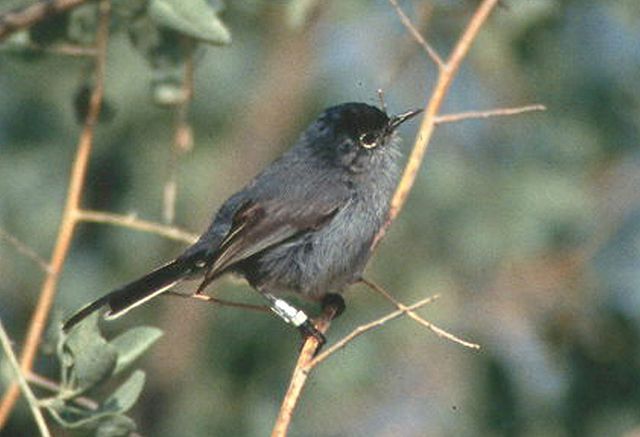
By February, though, I was preparing a new Target Bird List for every day we spent birding. Lani and I focused very carefully in selecting habitats or known locations where a particular Target Bird was most likely to occur. In addition, Lani would use that Target Bird List the night before we went out to study up on the field marks of each species. While she knew the bird species around the Bay Area very well, studying up in advance was very helpful in making correct, rapid ID’s in other parts of the country.
Once she’d seen a Target Bird, I checked it off Lani’s Big Year List, and thereafter we totally ignored that bird species and focused entirely on other Target Birds. This was totally alien to most of my birding instincts, since I enjoy seeing most bird species, even common ones. Nevertheless, spending every minute of your time finding new species is the only way that you will have even a reasonable chance of building up a large Big Year List.
By June 30, 2015, Lani had already seen an impressive 530 bird species. That meant that with six months left to go, Lani had already seen slightly over 3/4 of the maximum number ever seen of 704. We needed to focus like a laser on locating those 174 species that Lani had not yet seen. Up until June 30, Big Year Birding was a good bit of fun. After that date it increasingly became hard work — long hours in the field with fewer and fewer new birds to show for all of the effort.
Time
In November at the Rio Grande Birding Festival, I was talking with a very good birder who was undertaking both an ABA Area Big Year and a Lower 48 States Big Year at the same time. His Lower 48 total at that time was a good bit more than Lani’s, so I asked him what was his secret.
He immediately answered: “Unlimited time and money.”
When a rare bird was seen somewhere in the U.S., that birder would simply hop on a plane, chase the rare bird, and then fly home, sometimes all in one or two days. Money was not a concern, and he could get away from the successful company he had founded at any time he wanted.
Most Big Year Birders — including Lani and me — do not have that luxury, so managing your time spent birding can make all the difference. Seeing as many new Target Birds as possible on each trip is essential. And checking on all recent reports of rare species in the areas you’re visiting can add birds you may not have a chance to see anywhere else. eBird lets you locate exactly where rare or difficult-to-see species have been spotted by other birders. And signing up for the North American Rare Bird Alert provides prompt email reports of rare birds as soon as they are seen around the U.S.
Finally, if a rare species is seen in the Bay Area, drop everything and get out to see that rare bird, since it may be gone by the next day. A recent example is the rare Kelp Gull that was spotted at 7 p.m. in the Half Moon Bay area one evening in May 2016. I saw it the next morning around 10:30 a.m., but it was gone by the day after that.
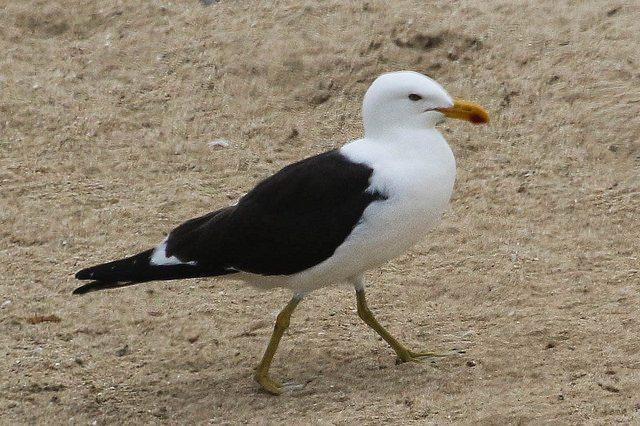
Money
If you decide to do your Big Year in a smaller area like a city, county, or state, money will not be that important a factor. However, if you decide to do a Lower 48 States Big Year or one in the ABA Area or even the really Big One — a World Big Year — money becomes critical. Between the air fares, motel costs, eating out, and rental car fees, it can get to be very expensive.
So unless you have plenty of extra funds socked away, it may simply be impractical to carry out a successful Big Year in one of those larger areas. While it is often difficult to distinguish between ordinary expenses and Big Year expenses, I estimate that Lani and I spent a minimum of $35,000 in additional expenses to carry out her Big Year.
No matter how much passion you have for birding, it’s essential to prepare an accurate budget in advance to make sure you have enough money set aside to make it all the way through your Big Year.
Conclusion
There are many factors that make for a successful Big Year, including excellent birding skills in the field, and patience and perseverance when the going gets tough and you miss finding key Target Birds. There is also the true grit necessary to overcome the exhaustion of constant 12-to-14 hours in the field, lack of sleep from early mornings of birding and late nights of planning.
Given these challenges, there is no question that substantial detailed planning for six to twelve months before your Big Year begins is crucial to a successful outcome.
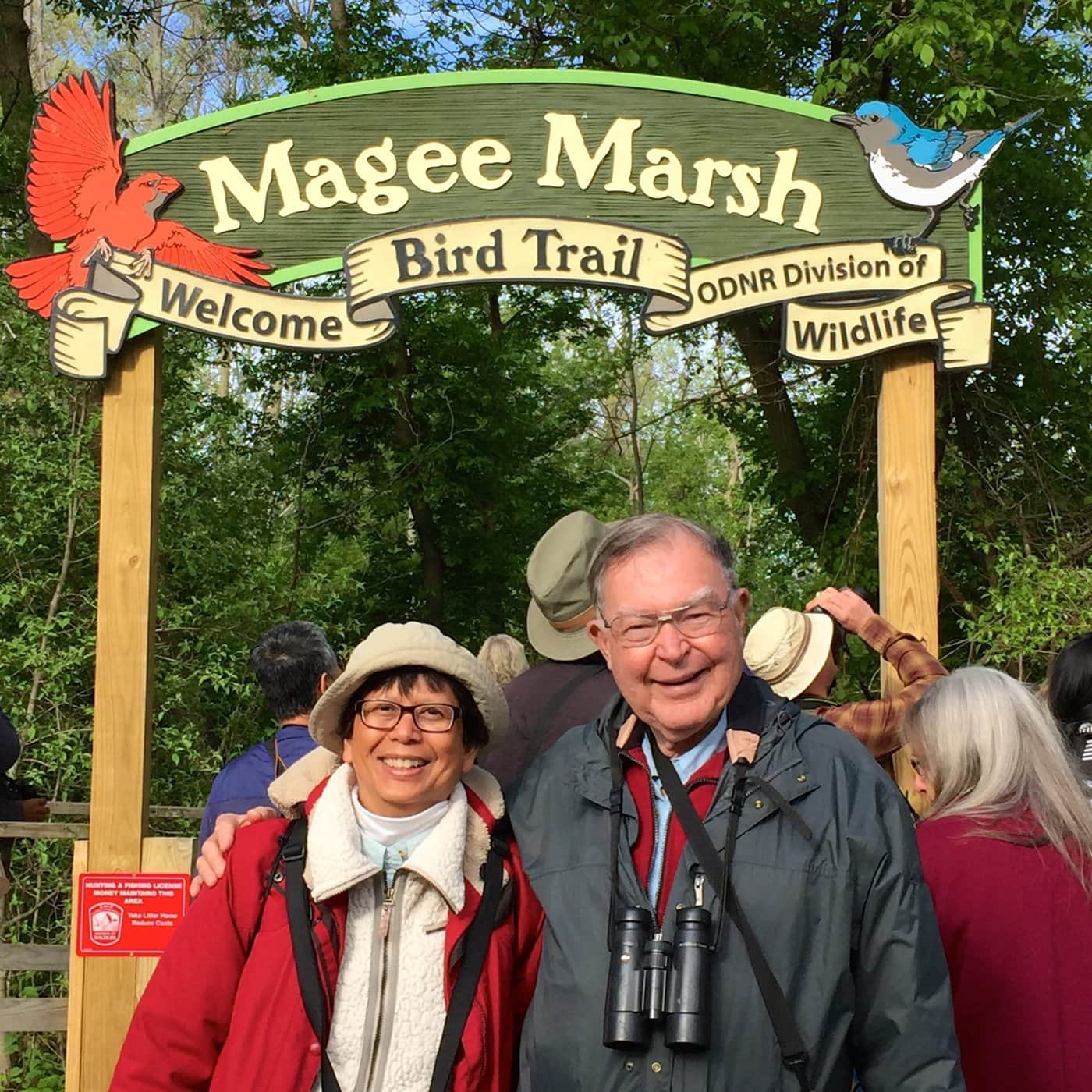
George Peyton practiced law for 44 years, dividing his time between a private practice and work as Piedmont City Attorney. He has served on the boards of Golden Gate Bird Alliance, Point Blue (formerly PRBO), Audubon Canyon Ranch, and National Audubon. He played a leading role in National Audubon’s work to save Mono Lake. He has been an active birder for 66 years and seen about 6,500 bird species. Click here to read a series of his posts written during Lani Rumbaoa’s Big Year.
